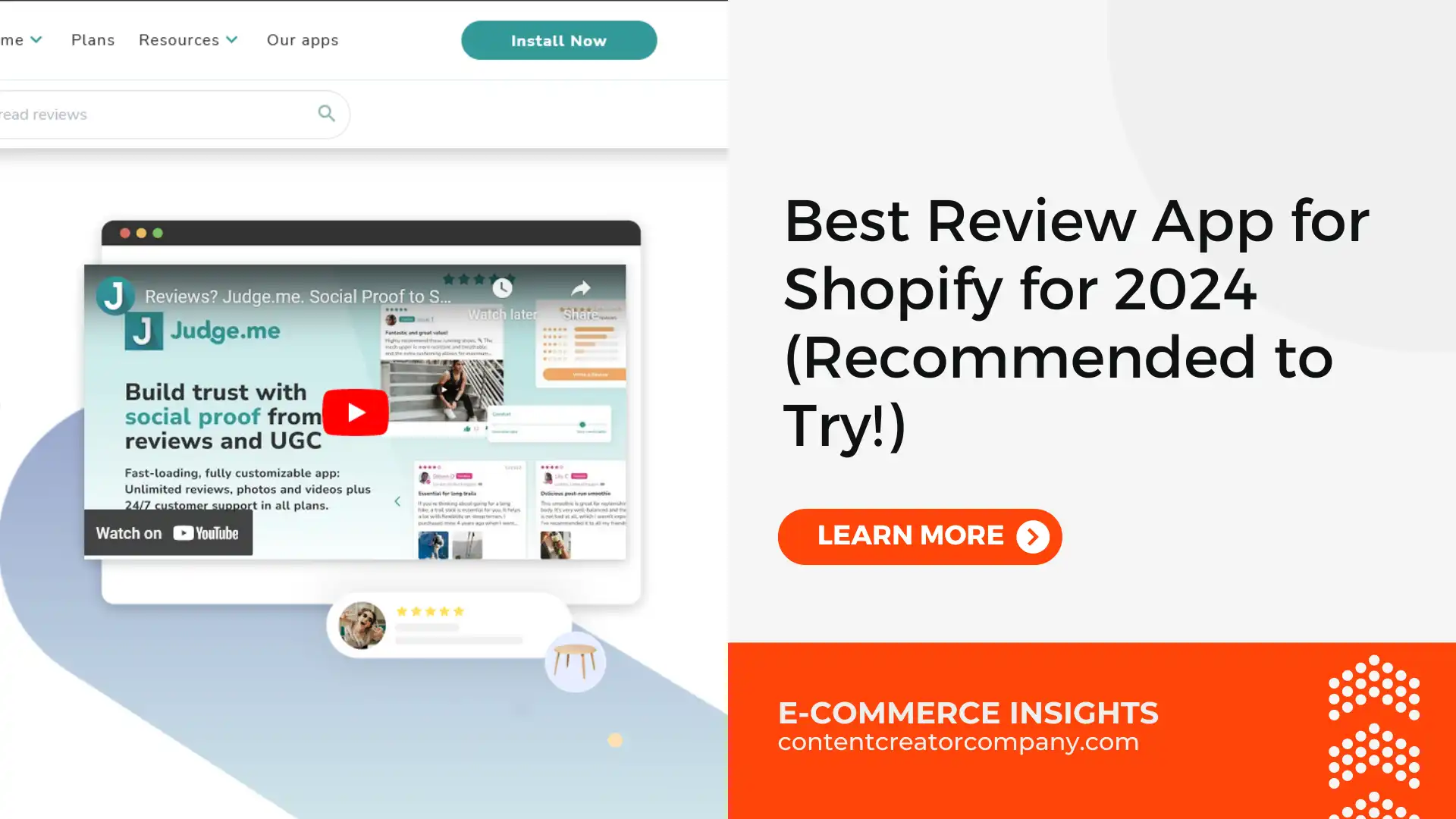
In the fast-paced world of business, customer feedback is the North Star guiding companies towards success. However, simply collecting feedback isn’t enough; it’s how you manage it that truly makes a difference.
Welcome to the realm of Customer Feedback Management (CFM), where businesses turn feedback into actionable insights and forge stronger connections with their customers. In this article, we’ll delve into the intricacies of CFM, exploring its importance, strategies, and best practices.
Table of Contents
What is Customer Feedback Management (CFM)?
Customer Feedback Management (CFM) is a systematic approach used by businesses to collect, analyze, and act upon feedback from their customers. It encompasses a series of processes and strategies aimed at gathering insights into customer opinions, preferences, and experiences with a company’s products or services.
At its core, CFM involves:
- Collection: This is the initial stage where businesses gather feedback from customers through various channels such as surveys, comment cards, social media, online reviews, and direct interactions. The goal is to capture a diverse range of perspectives and opinions.
- Analysis: Once feedback is collected, it needs to be analyzed to identify trends, patterns, and areas for improvement. Businesses use data analysis techniques to categorize feedback, identify common themes, and prioritize issues based on their impact on customer satisfaction and loyalty.
- Action: Perhaps the most crucial stage of CFM is taking action based on the insights gained from customer feedback. This involves implementing changes, addressing concerns, and making improvements to products, services, or processes to better meet customer expectations.
- Feedback Loop Closure: Closing the feedback loop involves acknowledging customers for their feedback, updating them on any actions taken as a result, and demonstrating that their opinions are valued. This helps to foster trust and transparency between the business and its customers.
CFM is not a one-time process but rather an ongoing cycle of listening, learning, and adapting to meet the evolving needs and expectations of customers. By effectively managing customer feedback, businesses can drive continuous improvement, enhance customer satisfaction, and ultimately, achieve long-term success.
Why Customer Feedback Management Matters
Imagine you’re a chef preparing a dish without tasting it. Sounds absurd, right? Similarly, operating a business without listening to your customers’ feedback is a recipe for disaster. Customer feedback is the compass that points businesses towards improvement and innovation.
It’s the voice of the people, expressing their likes, dislikes, and expectations. By actively managing customer feedback, businesses gain valuable insights into their products, services, and overall customer experience.
The Journey of Customer Feedback
Let’s embark on a journey into the world of CFM. Picture a bustling café where the aroma of freshly brewed coffee fills the air.
Meet Sarah, the café owner, who values customer feedback like gold. As patrons sip their lattes, Sarah discreetly gathers their opinions through comment cards and online surveys. But collecting feedback is just the beginning.
Sarah meticulously organizes the feedback, categorizing it into different themes like service, food quality, and ambiance. This helps her identify recurring issues and prioritize areas for improvement. Armed with this knowledge, Sarah springs into action, implementing changes based on customer suggestions.
Whether it’s revamping the menu or enhancing the décor, Sarah ensures that every piece of feedback is heard and acted upon.
Best Practices in Customer Feedback Management
Now that we understand the importance of CFM, let’s explore some best practices to make the most out of customer feedback:
- Be Proactive, Not Reactive: Don’t wait for customers to voice their concerns; actively seek feedback through surveys, social media, and direct interactions.
- Listen with Empathy: Put yourself in your customers’ shoes and truly listen to what they’re saying. Empathizing with their experiences fosters trust and loyalty.
- Close the Feedback Loop: Keep customers in the loop by acknowledging their feedback and updating them on any actions taken as a result.
- Utilize Technology: Leverage tools like customer feedback software to streamline the feedback collection and analysis process. These platforms can help track trends, sentiment, and customer satisfaction scores.
- Encourage Transparency: Be transparent about how you use customer feedback and the changes you implement. This builds credibility and demonstrates your commitment to customer-centricity.
- Celebrate Successes and Learn from Failures: Recognize and celebrate instances where customer feedback leads to positive changes. Similarly, view negative feedback as an opportunity for growth and improvement.
Advanced Strategies for Customer Feedback Management
As businesses evolve, so too must their approaches to CFM. Here are some advanced strategies to elevate your feedback management game:
- Implement Predictive Analytics: Harness the power of data analytics to predict future trends and anticipate customer needs. By analyzing past feedback and behavior patterns, businesses can proactively address issues before they escalate.
- Personalize the Feedback Experience: Tailor feedback surveys and interactions to each customer’s preferences and past experiences. Personalization demonstrates that you value individual opinions and fosters a deeper connection with your brand.
- Embrace Multichannel Feedback: Customers communicate through various channels, from social media platforms to review sites. Embrace this multichannel approach and ensure consistency in feedback collection and response across all touchpoints.
- Empower Employees: Your frontline staff are often the first point of contact for customers. Empower them to collect feedback in real time and provide solutions on the spot. This not only enhances the customer experience but also boosts employee morale and engagement.
- Integrate Feedback into Product Development: Involve customers in the product development process by soliciting feedback at every stage, from ideation to launch. This collaborative approach ensures that products meet customer expectations and resonate with their needs.
- Focus on the Customer Journey: Map out the customer journey and identify key touchpoints where feedback can be collected and utilized. By understanding the customer’s experience from start to finish, businesses can pinpoint areas for improvement and deliver a seamless journey.
The Future of Customer Feedback Management
As technology advances and consumer expectations evolve, the future of CFM holds endless possibilities. Imagine a world where artificial intelligence analyzes feedback in real time, offering personalized recommendations and solutions. Picture businesses seamlessly integrating feedback into every aspect of their operations, from marketing campaigns to supply chain management.
In this future landscape, CFM isn’t just a strategy—it’s a mindset ingrained in the DNA of every successful business. It’s about embracing change, embracing innovation, and above all, embracing the voice of the customer.
Conclusion: Customer Feedback Management Explanation
In the ever-changing landscape of business, one thing remains constant: the importance of customer feedback. By embracing Customer Feedback Management as a strategic imperative, businesses can unlock untapped potential, drive innovation, and build lasting relationships with their customers.
So, whether you’re a small startup or a multinational corporation, remember this: customer feedback isn’t just feedback—it’s the lifeblood of your business. So listen, learn, and most importantly, take action. Your customers will thank you, and your bottom line will too.
Unlock the Potential of Your Online Presence With Our Top-tier SEO Content Writing Services
Our team of experienced writers specializes in crafting compelling, keyword-rich content that not only boosts your search engine rankings but also engages and converts your audience.
From captivating blog posts to persuasive product descriptions, we tailor each piece of content to meet your unique needs and objectives.
With a keen understanding of SEO best practices, we’ll help you stand out in the digital landscape and drive more traffic to your website. Don’t settle for mediocre content – partner with us today and watch as your online visibility and success soar!





